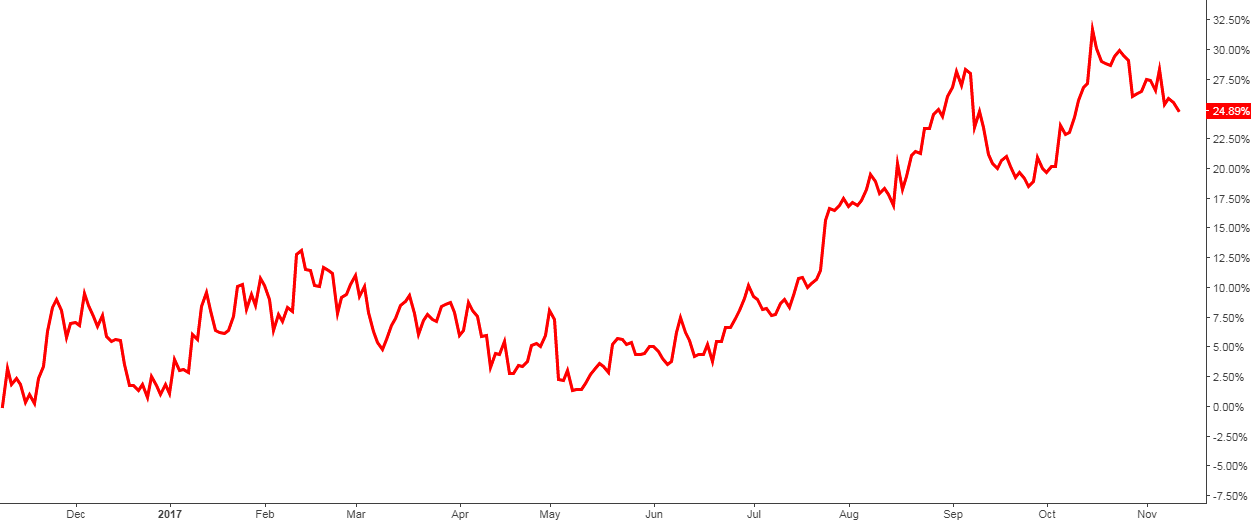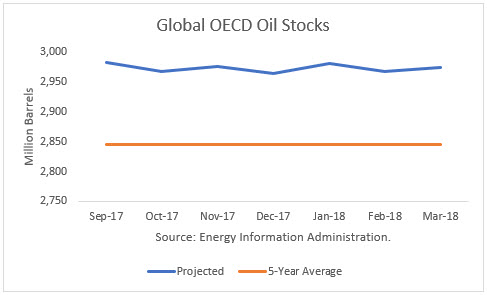
A lot of names have been thrown around to be the next head of the Federal Reserve. But who is the most likely person President Trump will name?
The current occupant, Janet Yellen, has to be considered the front-runner, although that doesn’t necessarily mean she’ll be renominated. Indeed, I would put the odds of her being reappointed at less than 50-50 – a lot less.
She does have several things going for her. First and foremost, she’s a known quantity. The markets would certainly be happy if Yellen were reappointed, if for no other reason than that they’ll know what they’re getting. With the major stock indexes all at or near all-time highs, and the bull market already nine years old, the market doesn’t want anything untoward to upset the status quo.
But as we should know well by now, stability isn’t exactly Trump’s comfort zone. Two weeks ago, he had no problem telling investors in billions of Puerto Rican bonds that they could pound sand, which caused a major meltdown in the price of those bonds (administration officials subsequently walked back his remarks).
Would he risk something like that happening to the entire bond and stock markets by not reappointing Yellen? (Even if she doesn’t get reappointed as Fed chair, Yellen’s term as a member of the Fed’s Board of Governors doesn’t end until January 2024, although it’s expected that she’ll resign if she’s not renamed as chair).
Besides the stability factor, the main reason why the markets like Yellen, of course, is because, in the words of Mr. Trump himself on the campaign trail in May 2016, “She is a low-interest rate person, she’s always been a low-interest rate person, and let’s be honest, I’m a low-interest rate person.” He reiterated those feelings in July in an interview with the Wall Street Journal, in which he added, “I think she’s done a good job.” Continue reading "Is Janet Coming Back?" →





